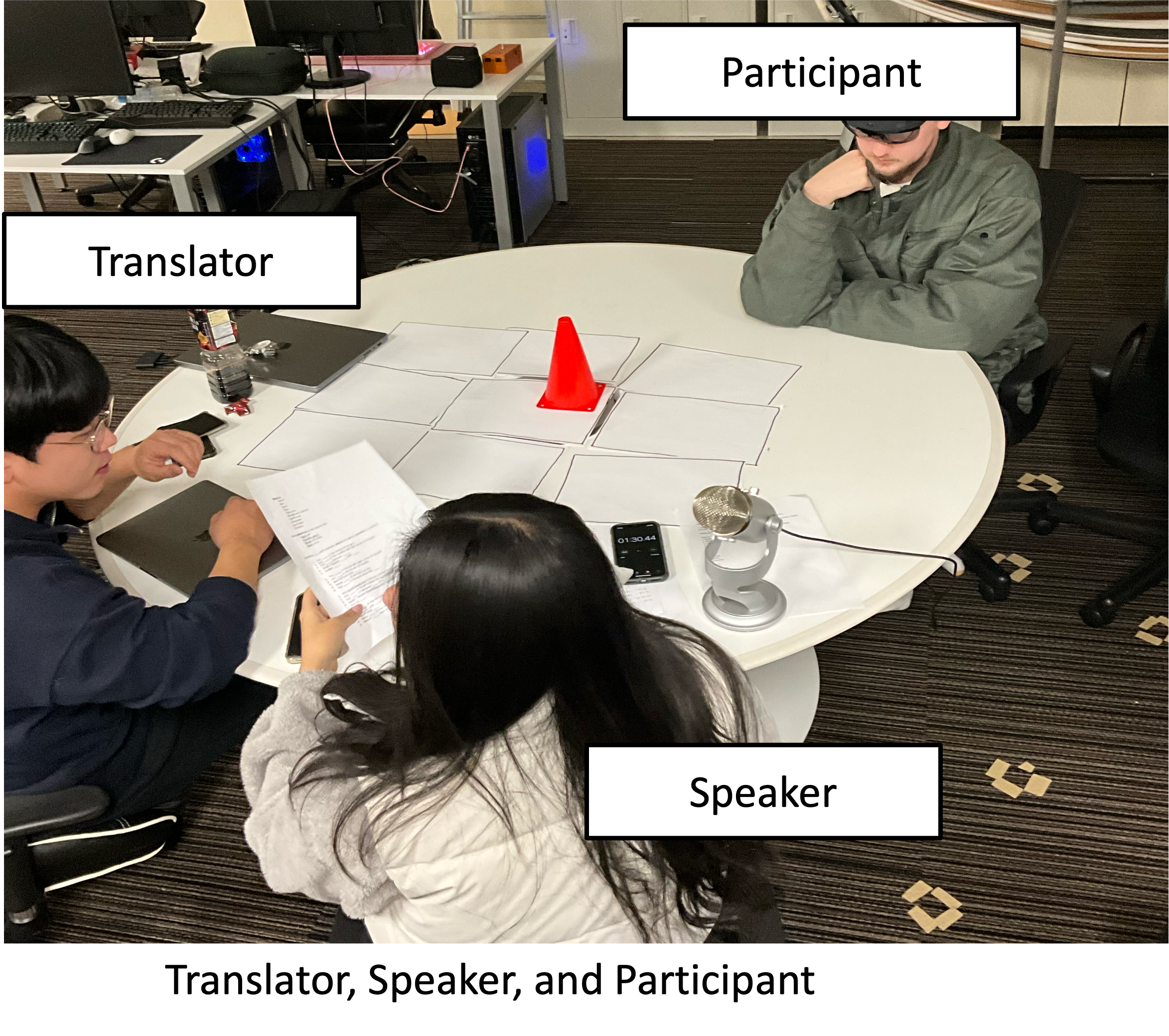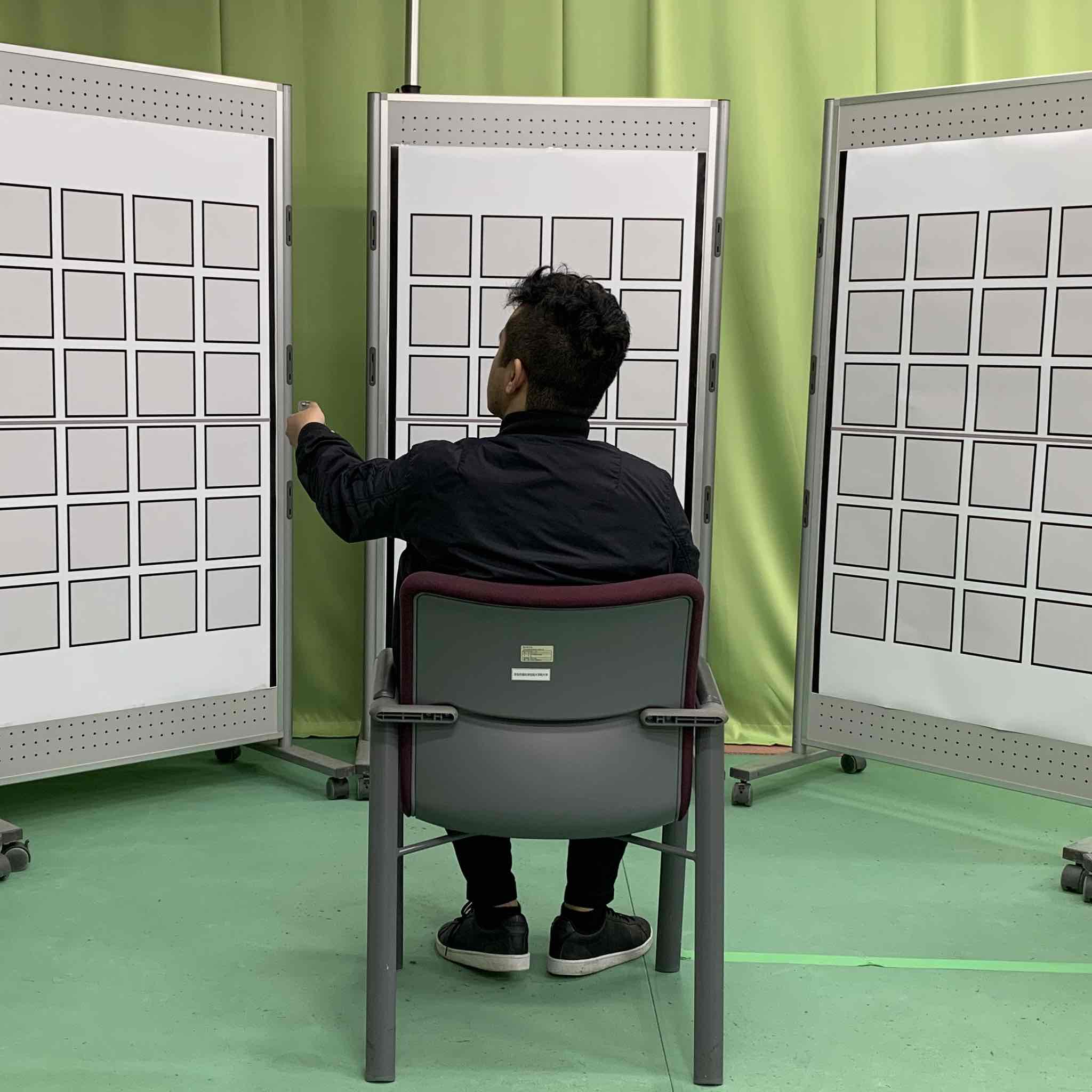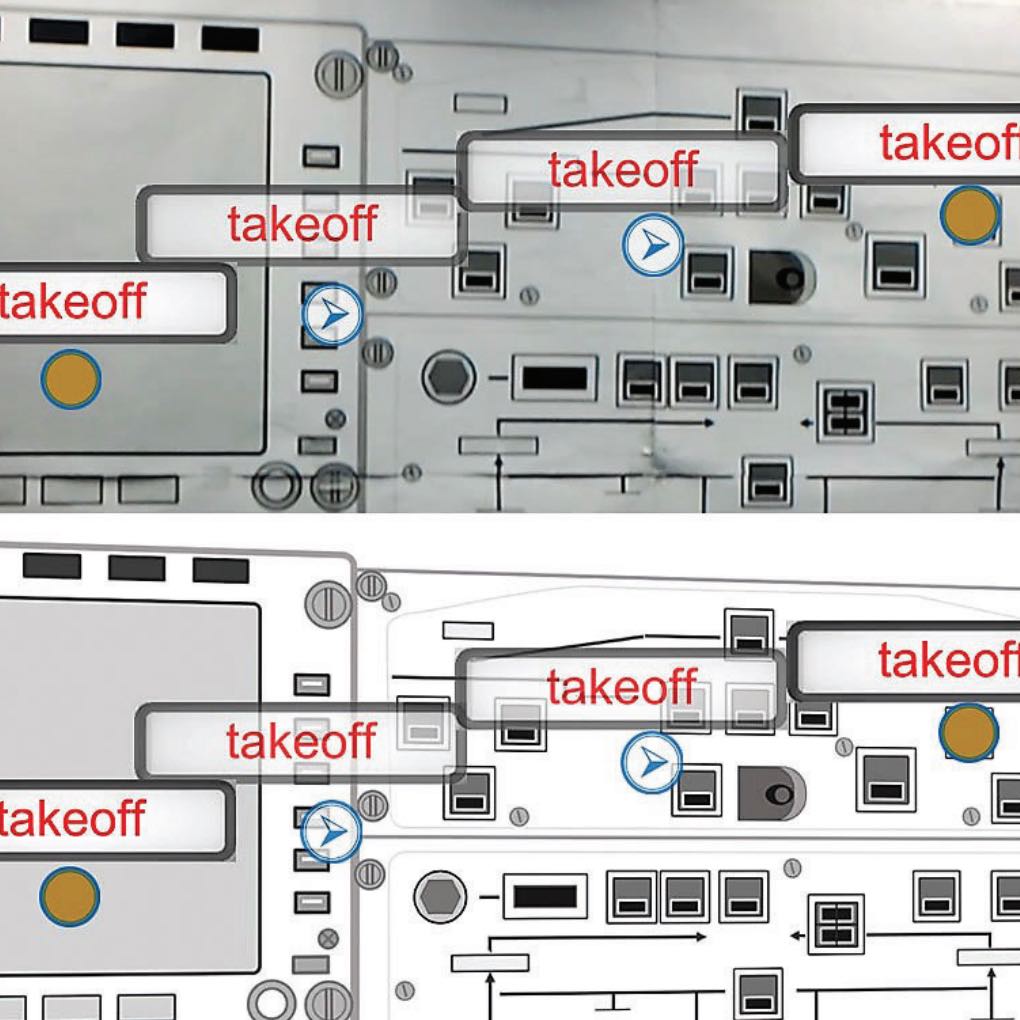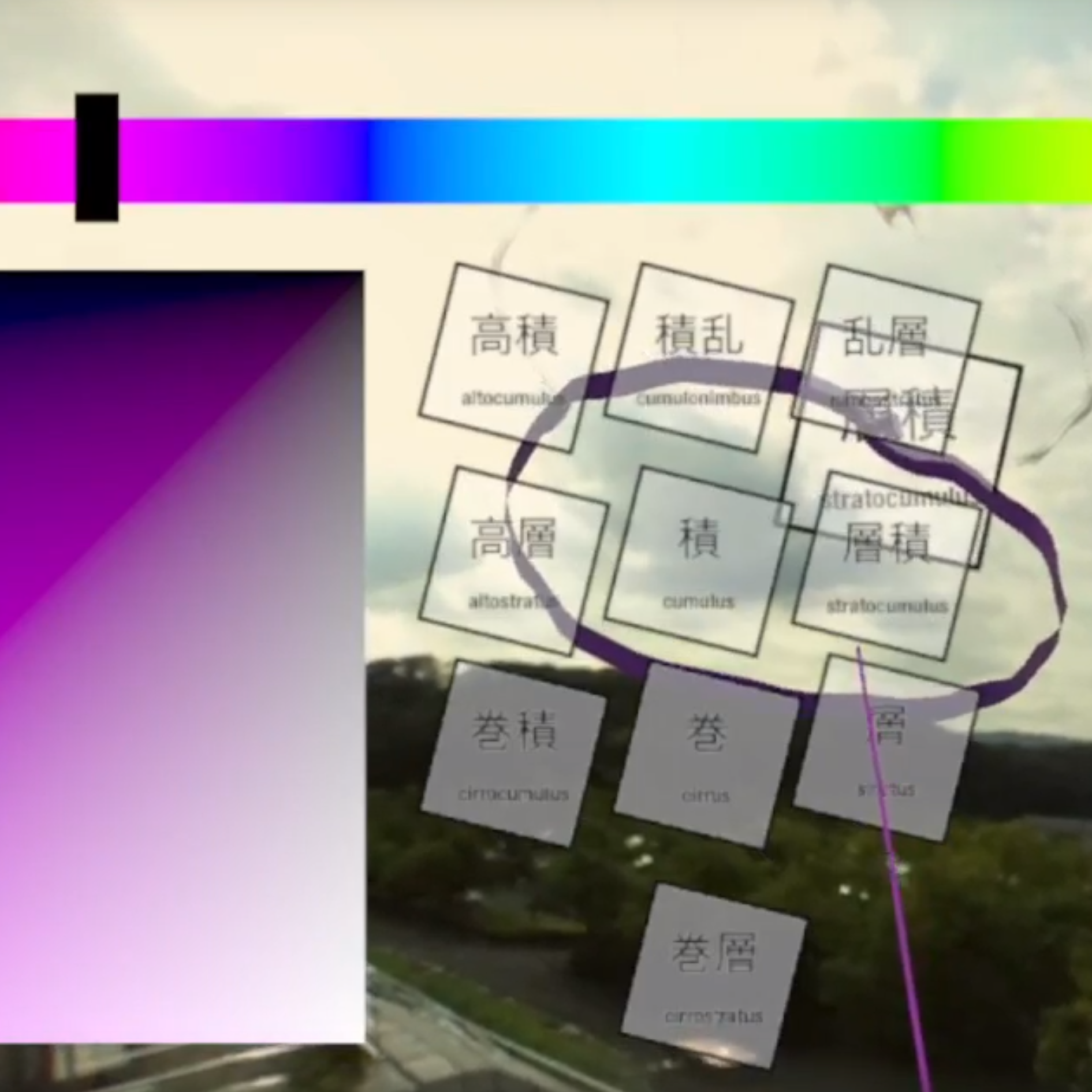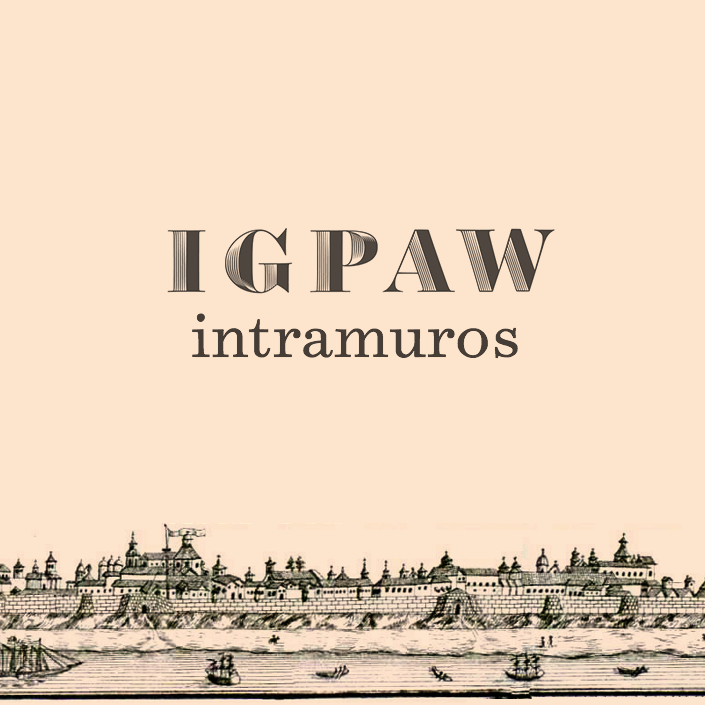With the affordances brought by wearable OST-HMDs, leveraging the advantages of speech-to-text and automatic translation solutions can now create more sophisticated live subtitling applications for everyday use. In this research, we explored cognitive load and accuracy of translations by situating the application in an object placement/maneuvering task with instructions only given in a foreign language.
Nicko R. Caluya, Carson Cheung, Damon Chandler "Can Language Learning Happen in Technology-Mediated Translation Aids?" In Proceedings of the 3rd International Conference on the Future of Language Learning (ICFULL '24), Manila, Philippines, 2024.
The OFOV of OST-HMDs is not so much an important factor, but will make it easier for head rotation. I have designed an empirical experiment on the effects of the augmentable field-of-view in optical see-through head-mounted displays (OST-HMDs).
Nicko R. Caluya, Alexander Plopski, Christian Sandor, Yuichiro Fujimoto, Masayuki Kanbara, and Hirokazu Kato. "Does overlay field of view in head-mounted displays affect spatial memorization?" Computers & Graphics (2021). DOI:http://dx.doi.org/10.1016/j.cag.2021.09.004
How do we design training experiences that use head-mounted displays more efficient for trainees?
This is the main research work that I have worked on since I started my master's degree. First, I compared the differences between the virtual and augmented reality as modes of presenting the training scenario.
Nicko R. Caluya, Alexander Plopski, Jayzon F. Ty, Christian Sandor, Takafumi Taketomi, and Hirokazu Kato. “Transferability of Spatial Maps: Augmented Versus Virtual Reality Training", In Proceedings of the IEEE Conference on Virtual Reality & 3D User Interfaces (IEEE VR '18), Reutlingen, Germany, 2018.
Kantenbouki VR
The output of my internship at Weathernews, Inc. is a VR authoring tool that helps in learning the different types of clouds in the sky, an essential skill required to report localized weather.
Nicko R. Caluya and Marc Ericson C. Santos. “Kantenbouki VR: A Virtual Reality Authoring Tool for Learning Localized Weather Reporting," In Proceedings of the IEEE Conference on Virtual Reality & 3D User Interfaces (IEEE VR '19), Osaka, Japan, pp. 866-867.
Igpaw: Intramuros is an augmented reality mobile game developed for learning Philippine history within the actual confines of the walled city in Manila. The goal is to be able to find the cause of displacements of characters and objects significant in Philippine history and literature, and help restore balance in Intramuros. The player needs to scan historical markers in various locations to activate these scenes. I worked with a team of developers, designers, literary and history consultants, under the Ateneo Laboratory for the Learning Sciences. We used Vuforia + Unity 3D. You can download the Android version here.
Ma. Mercedes T. Rodrigo, Nicko R. Caluya, Eric Cesar Jr. E. Vidal, Jenilyn L. Agapito, and Walfrido David A. Diy III. “Usability Study of an Augmented Reality Game for Philippine History." Paper, In Proceedings of International Conference for Computers in Education, Mumbai, India, 2016.
Eric Cesar Jr. E. Vidal, Jayzon F. Ty, Nicko R. Caluya, and Ma. Mercedes T. Rodrigo “MAGIS: Mobile Augmented-reality Games for Instructional Support." In Proceedings of the 3rd Asia-Europe Symposium on Simulation & Serious Gaming (VRCAI '16). ACM, New York, NY, USA, 191-194, 2016.
Ma. Mercedes T. Rodrigo, Nicko R. Caluya, Walfrido David A. Diy III, Eric Cesar Jr. E. Vidal. “Igpaw: Intramuros -- Design of an Augmented Reality Game for Philippine History." In Proceedings of International Conference for Computers in Education, Hangzhou, China, 2015.
